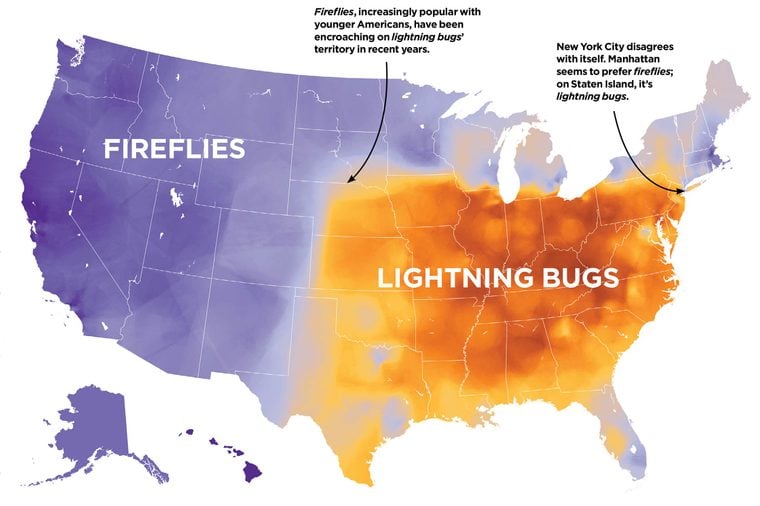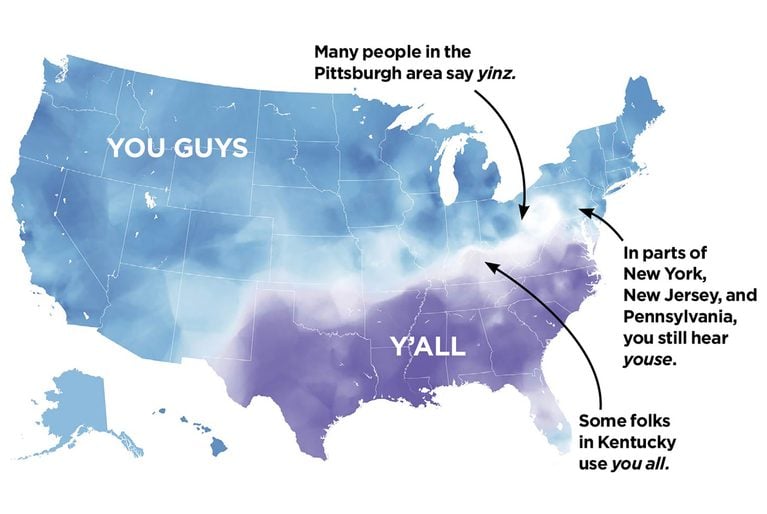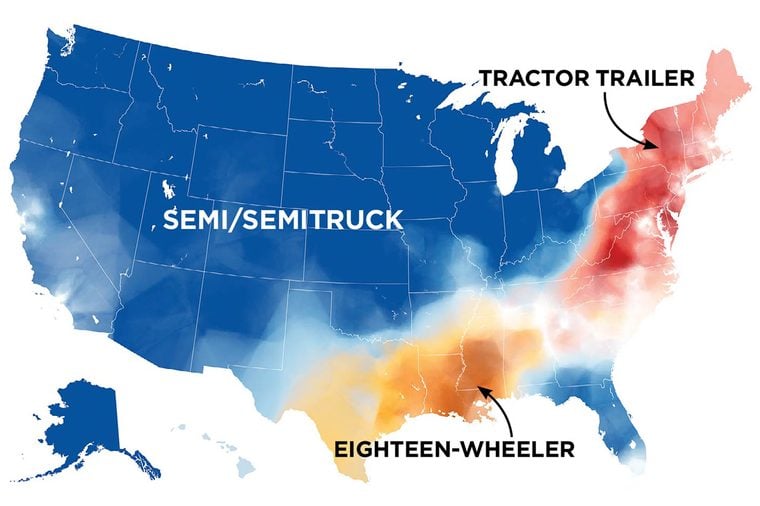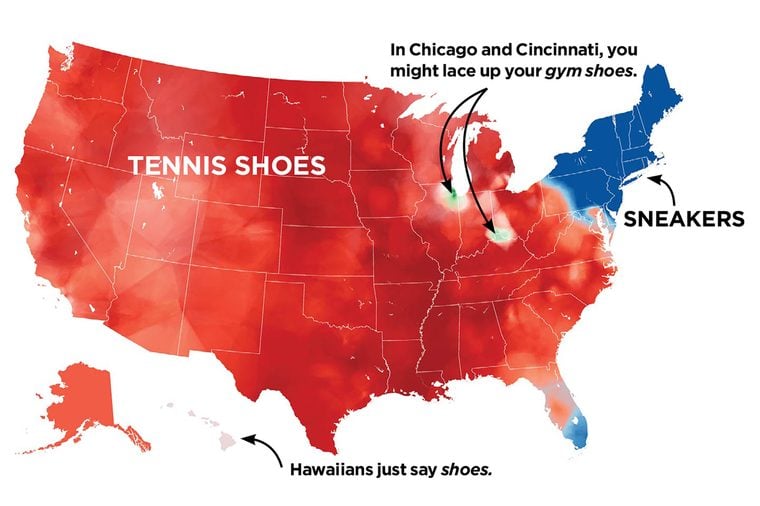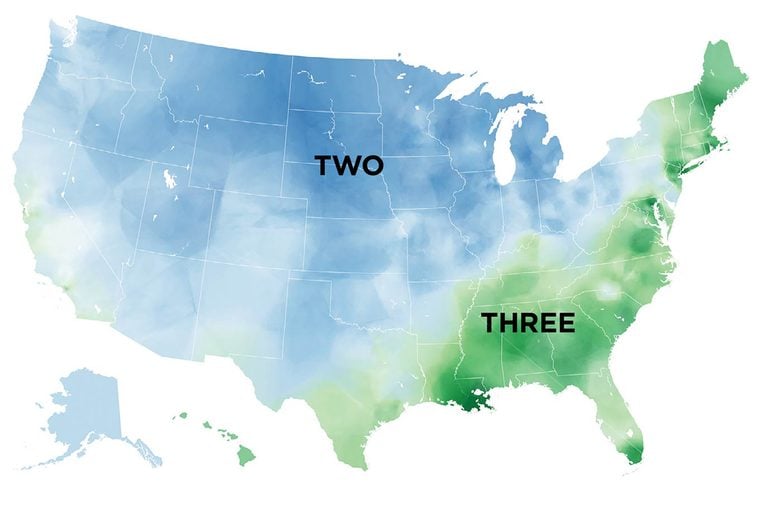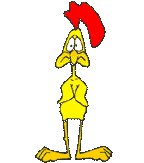Christopher Columbus was not the first foreigner to discover the Americas, according to new evidence that suggests ancient Egyptians visited the Americas as early as 1,000 BC and traded with locals for tobacco and cocaine.
German scientist Dr Svetla Balabanova was studying the mummified remains of Lady Henut Taui, a member of the ancient Egyptian ruling class, when she made a surprising discovery – the mummy contained traces of nicotine and cocaine.Suspicion regarding the findings led to alternative hypotheses, for example, that the tests were contaminated or the mummies were modern fakes, but these ideas were disproved and the mummy and the test results were found to be authentic.
The results were particularly surprising considering that tobacco and coca plants, which were only found in the Americas at the time, were not exported overseas until the Victorian era in the 19th century. Could it be that the ancient Egyptians had made it all the way to America 3,000 years ago?
A number of archaeological discoveries have certainly suggested that the Egyptians were masters of the seas. In around 1477 BC, Queen Hatshepsut funded a mysterious overseas expedition to the Land of Punt, which is depicted in a relief at Deir el-Bahri (in modern day Luxor).
It shows five ships, each measuring about 70 feet long, carrying 210 men and loaded with gold, trees and exotic animals which can only be found along the coast of Africa and Arabian Peninsula, indicating that the Egyptians were able to undertake fairly large scale oceanic voyages.
Then, in 2011, a series of remarkable discoveries on a stretch of the Red Sea coast proved the Egyptian’s seafaring abilities. Archaeologists excavating a dried-up lagoon, known as Mersa Gawasis, unearthed traces of an ancient harbour that once launched early voyages like Hatshepsut’s onto the open ocean.
[pdf-embedder url=”https://commonsenseevaluation.com/wp-content/uploads/2017/08/American-Drugs-in-Egyptian-Mummies.pdf” title=”American Drugs in Egyptian Mummies”]

